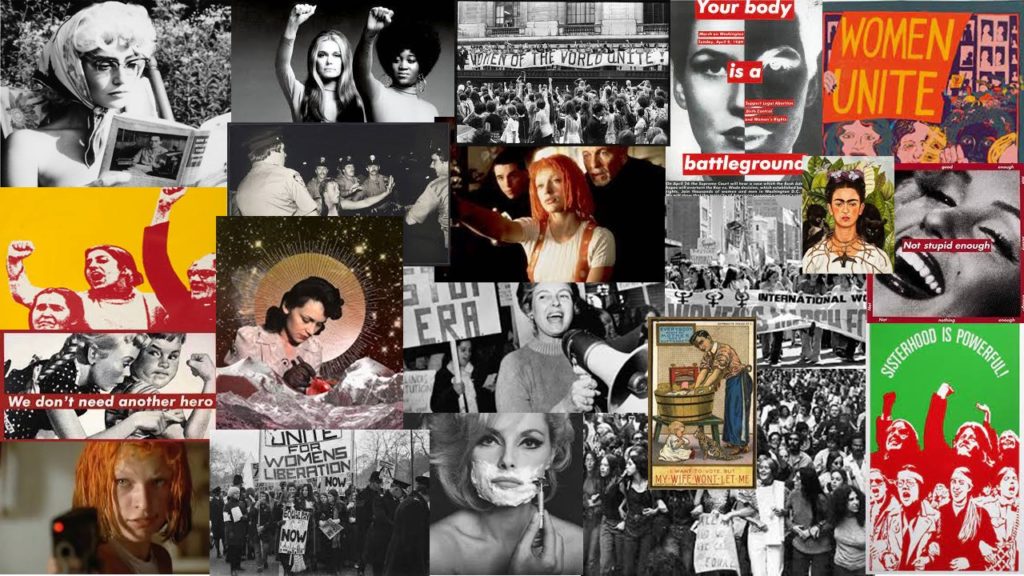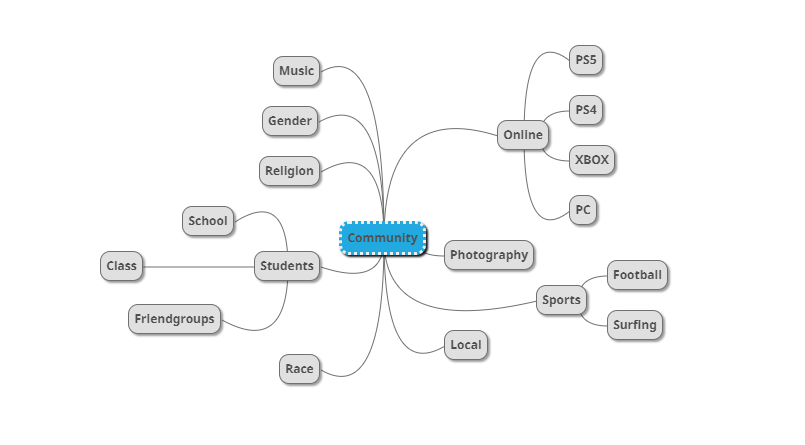NFT
NFT, Non-Fungible are used to authenticate images, or any object on the Internet. For example, you can freely download images from the canvas La Promenade de Monet, but there is only one original. An NFT can be used to certify that you have the original from Monet. Of course, art isn’t the only thing that NFTs could change on the Internet. The NFT will globally impact the notion of digital property. NTFs could be used to prove ownership of domain names, for video game items, but also physical objects.
A community of the future will celebrate diversity, equality and inclusion and propose a new digital world; a metaverse where everyone is equal regardless of class, race, gender and age. A digital ecosystem that transcends all virtual identities into a utopia for peace, prosperity and progress.
Feminism

For this project, in groups we made a brainstorm and a mind map to answer at the question of what is a community and how communities may change in the future. A community that we were exited to represent were women so we decided to base our NFT work around the subject of feminism. We produced a mood board presents communities of women fighting for our rights, role models that we can see in movies or in the real world. Is important that we show a world of equality, diverse and freedom in our group project. But for that we need to look at the history of feminism how did it started, who were the woman involve, how it is in our society now and how could it look in the future. For the animated video, we decided that it would be interesting to separate our video in three parts. The first is inspired by the artist Cindy Sherman, and it would be about how woman were represented media/movies at the time. After the second part we want to take inspiration from Clare Rae to show how women no longer want to be sexualized and be treated like objects so they hide their bodies from men. The final part is about gender equality, how now woman are free to show their bodies without being sexualised, accept diversity in woman…






